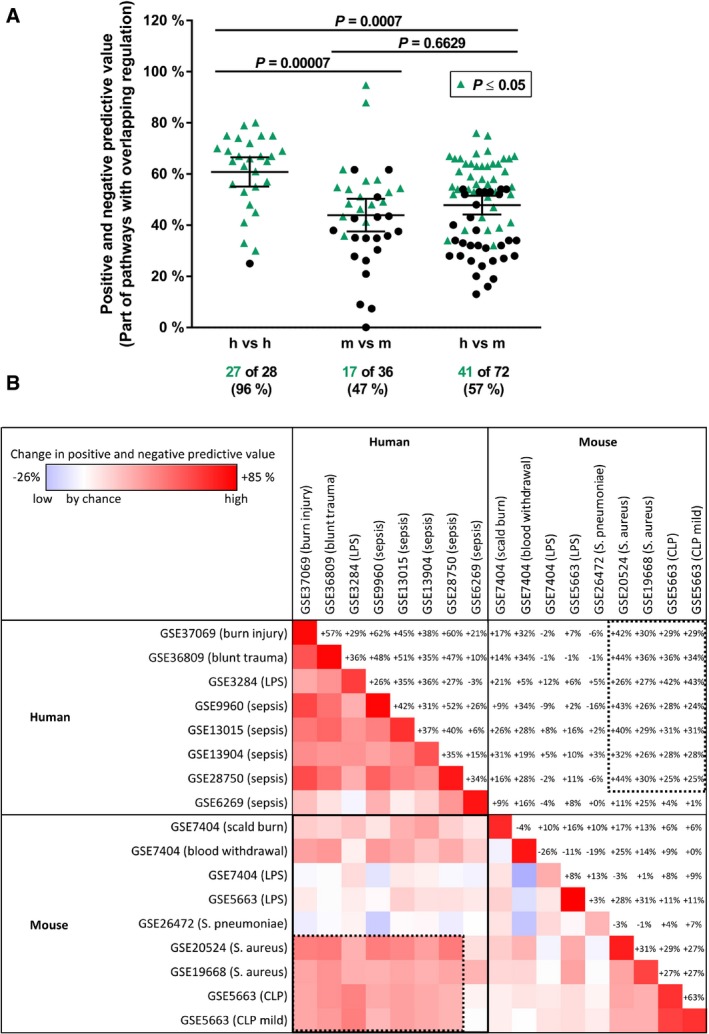Figure 1. Identification of inflammatory mouse models that show high correlation with human diseases.

- Significantly regulated pathways were compared between two datasets from human (h) and/or mouse (m) studies. The degree of pathway overlap is depicted as the mean predictive values between these two datasets. Studies that revealed pathway overlap significantly greater than that expected by chance (P ≤ 0.05) are labeled with green triangles. The numbers of significantly correlated studies are given below the datasets. Lines indicate the mean ± 95% confidence interval. The P‐values for each pair of datasets were calculated using a chi‐squared test, and the P‐values for the comparison of species effects were calculated using the Kruskal–Wallis test followed by Dunn's multiple comparisons test and Bonferroni correction.
- Correlation matrix of pathway comparisons among human and mouse inflammatory studies. The overlap of pathway regulation is shown as the average change in the positive and negative predictive value over expectation by chance (blue, decrease, low correlation; red, increase, high correlation). The comparison of human with murine datasets revealed a subgroup of experimental murine models that were highly correlative to human clinical studies (dotted line), consisting of the Staphylococcus aureus injection and the cecal ligation and puncture (CLP) models. In contrast, lipopolysaccharide (LPS) gavage and intratracheal infection with Streptococcus pneumoniae showed no correlation to human inflammatory diseases.
